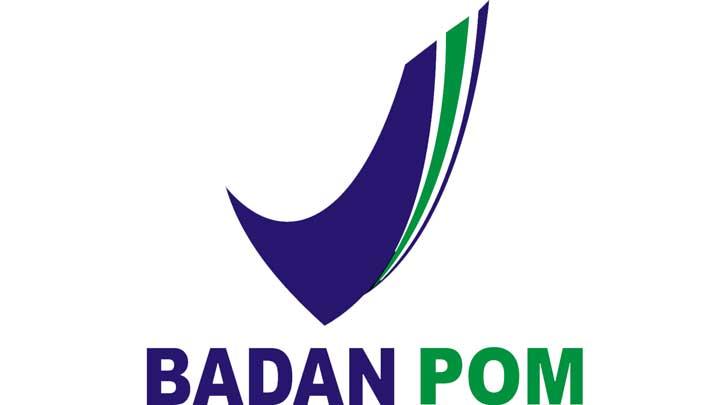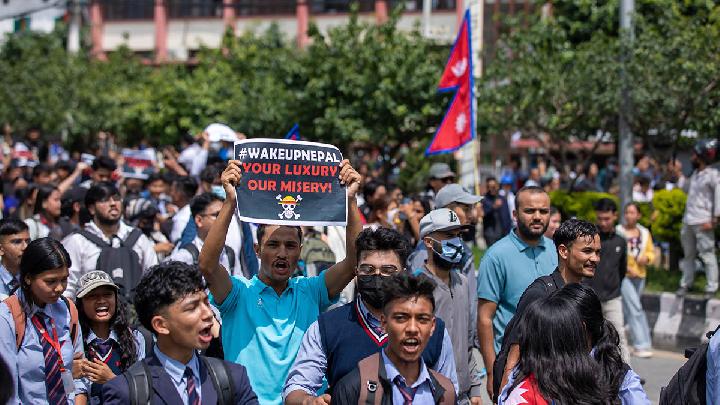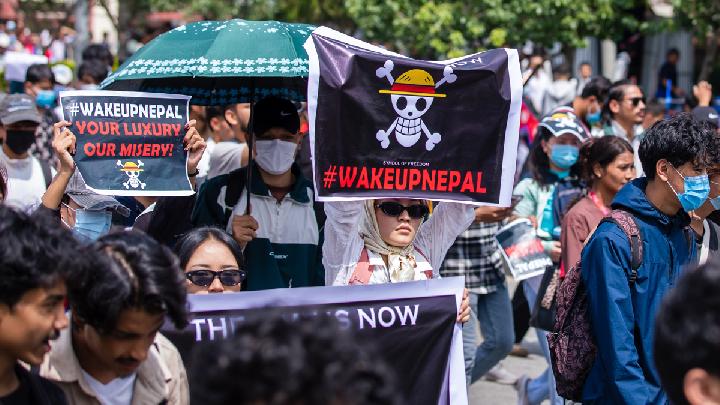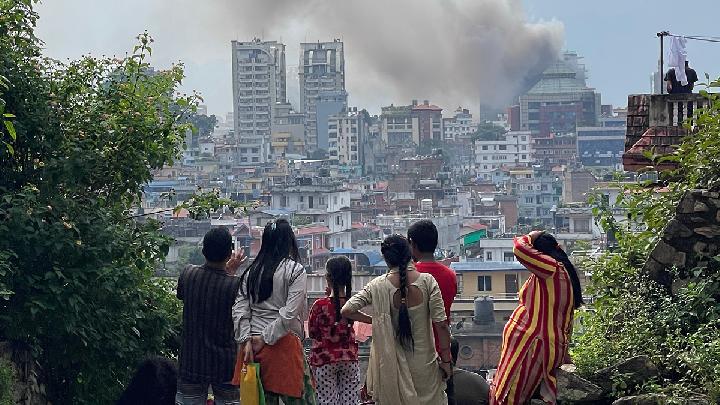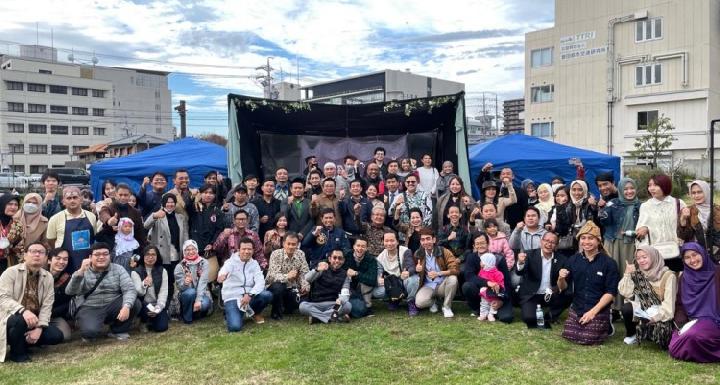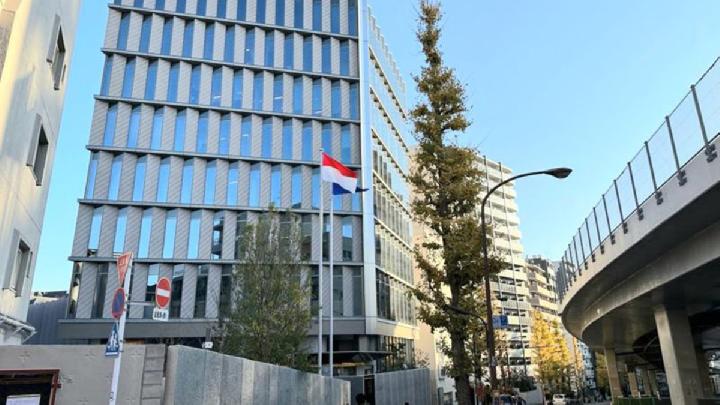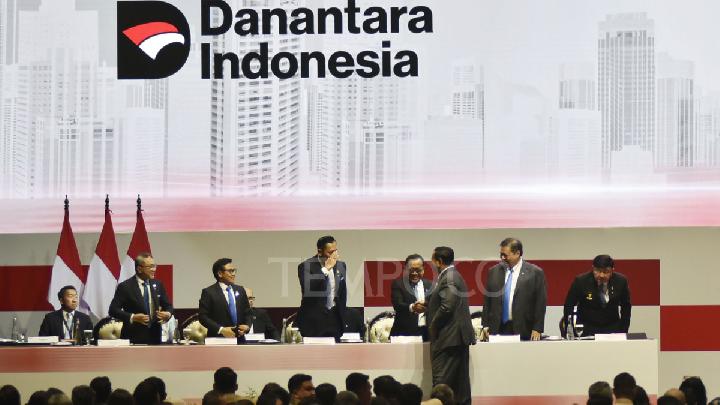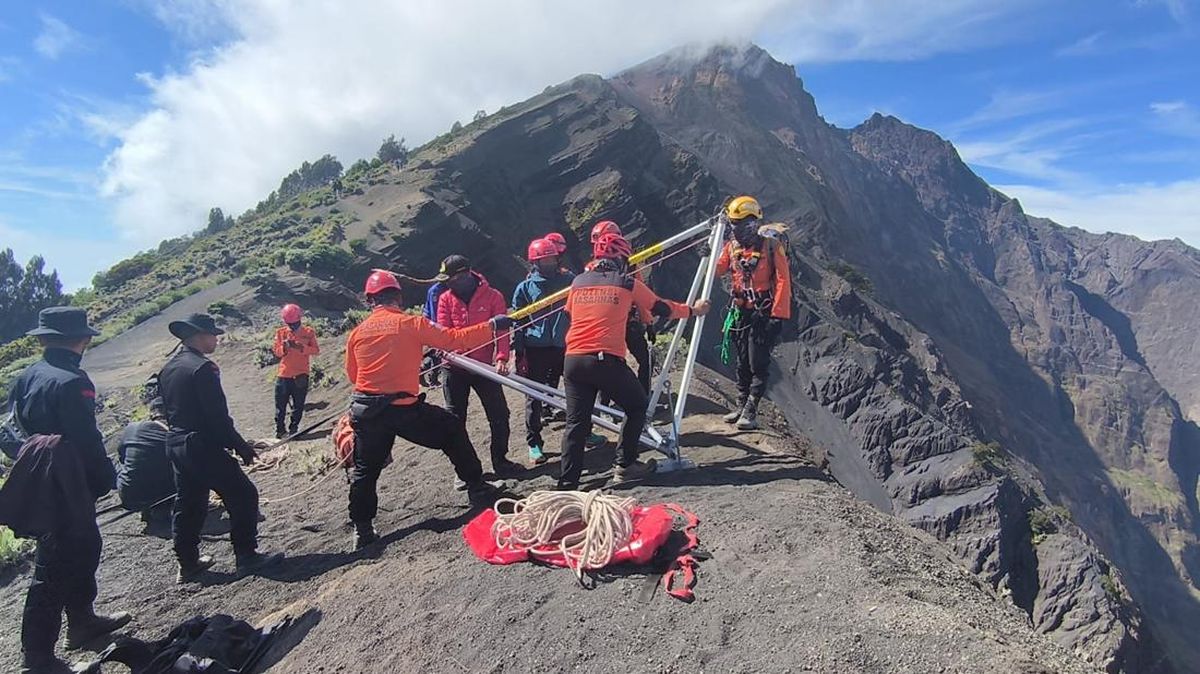
TEMPO.CO, Jakarta - Covid-19 infections are again on the rise in parts of Asia, especially in Singapore and Hong Kong, driven by two new subvariants called LF.7 and NB.1.8. These subvariants trace their lineage back to the JN.1 variant, a branch of the Omicron family that dramatically changed the trajectory of the pandemic in late 2021, News18 reported.
What sets LF.7 and NB.1.8 apart from previous Covid-19 variants?
Enhanced Immune Evasion
Unlike previous variants such as Alpha, Delta or the original Omicron BA.1, LF.7 and NB.1.8 have additional mutations in their spike proteins. These changes significantly increase their capacity to evade immune defenses.
The World Health Organization (WHO) recently highlighted that these mutations modify a crucial region of the spike protein - the part of the virus responsible for attaching to human cells and targeted by antibodies from vaccines or previous infections.
As a result, these sub-variants can partially evade immunity acquired through vaccination or previous Covid-19 infection, leading to a higher likelihood of reinfection and breakthrough cases. WHO suggests that this immune evasion facilitates easier spread among the population, even when vaccination rates and previous exposure are high.
Increased Transmissibility
Both LF.7 and NB.1.8 are associated with greater transmissibility compared to previous Covid-19 strains. As descendants of the JN.1 lineage, both have been key drivers behind the recent surge in infections in Singapore and Hong Kong.
In Singapore, these two sub-variants account for more than two-thirds of locally sequenced cases, contributing to a 28 per cent increase in infections during the week ending May 3, 2025. Meanwhile, Hong Kong has seen its Covid-19 positivity rate almost double over four weeks, rising from 6.21 per cent to 13.66 per cent, indicating rapid spread.
Its rapid transmission suggests that it is more contagious than previous variants, including JN.1, which was prevalent in late 2023 and early 2024. However, health authorities have not officially confirmed the exact extent of its increased transmissibility.
Symptoms and Public Health Impact
While LF.7 and NB.1.8 have not been linked to more severe disease, their symptoms are similar to other Omicron substrains: sore throat, fatigue, mild cough, and fever. The concern is their ability to infect large numbers of people quickly, which could overwhelm health care systems already dealing with seasonal illnesses.
Vaccine Efficacy and Surveillance
While booster doses tailored to the Omicron variants continue to protect against severe outcomes, early findings suggest that LF.7 and NB.1.8 may slightly reduce vaccine effectiveness. This possibility could prompt an update to the vaccine formulation in the near future.
Tracking these subvariants poses challenges. Unlike the Alpha and Delta waves, which are easier to monitor due to different genetic markers and more severe symptoms, LF.7 and NB.1.8 spread silently with mild symptoms, complicating early detection and contact tracing efforts.
In May 2025, WHO classified LF.7 and NB.1.8 as Variants Under Monitoring (VUM), but has not yet upgraded them to Variants of Concern or Interest. This status reflects continued vigilance without immediate alarm, as experts continue to evaluate their impact on transmissibility, immune escape, and disease severity.
WHO remains committed to closely monitoring the evolution of SARS-CoV-2 variants, including LF.7 and NB.1.8, to guide timely public health measures if needed.
About the JN.1 Variant
According to CNBC TV 18, the JN.1 variant, a descendant of the Omicron BA.2.86 lineage first identified in August 2023, was classified as a Variant of Interest by the World Health Organization in December 2023. It carries about 30 mutations designed to evade immune defenses, more than any other known variant at the time. Despite this, BA.2.86 did not become the dominant strain during the second half of 2023.
Research from Johns Hopkins University suggests that JN.1 has acquired one or two additional mutations that increase its transmissibility compared to its parent lineage, while maintaining its ability to bypass immune protection.
Yale Medicine describes JN.1 as closely related to BA.2.86 (also called 'Pirola'). The main difference is a mutation in JN.1's spike protein, which early research suggests may give it greater immune evasion capabilities.
Editor's Choice: Asia Faces a New Covid-19 Surge: What's Behind It and Who's at Risk?
Click here to get the latest news updates from Tempo on Google News
10 Best Countries to Visit in June, From Asia to Europe
14 jam lalu

As balmy weather slowly creeps out, these best countries to visit in June transform into holiday superstars. See the global hubspots here.
Asia Faces a New Covid-19 Surge: What's Behind It and Who's at Risk?
1 hari lalu

Although now endemic, the new Covid-19 wave is likely driven by waning immunity and low vaccination rates, especially among vulnerable groups.
Covid-19 Spike Prompts Emergency Response from Singaporean Companies
2 hari lalu

Singapore faces a significant surge in Covid-19 cases. Companies and restaurants are struggling, as many employees are affected by Covid-19
Covid-19 Cases Surge in Hong Kong and Singapore Amid New Wave Across Asia
3 hari lalu

The percentage of respiratory samples testing positive for Covid-19 in Hong Kong recently reached the highest in a year.
Indonesia Nominates Two Legal Experts for Key Roles in ILC and ITLOS
10 hari lalu

Indonesia has officially nominated two prominent legal experts for key positions in international legal organizations.
Bank Indonesia Reports Dismal MSME Credit Growth, Lower Than During Covid-19
13 hari lalu

Bank Indonesia (BI) has highlighted the concerning slowdown in the growth of Micro, Small, and Medium Enterprises (MSME) credit.
10 Best Islands in Asia for Tropical Escapes
13 hari lalu

From Bali in Indonesia to Ishigaki in Japan, the best islands in Asia for vacation promise an unforgettable holiday experience.
WHO: Hand Hygiene is Essential, Medical Gloves Are Not a Substitute
14 hari lalu

World Health Organization (WHO) emphasizes the importance of hand hygiene and proper use of gloves in healthcare settings.
Explore 10 Asian Seafood Delicacies: From Unagi to Mentaiko
16 hari lalu

The Asian region is known for its wide array of seafood dishes, ranging from unagi to uni, each with its own unique flavors.
10 Smallest Countries in Asia by Area
19 hari lalu

Discover the smallest countries in Asia by area with each spanning less than 18,000 square kilometers, from Maldives to Brunei.






